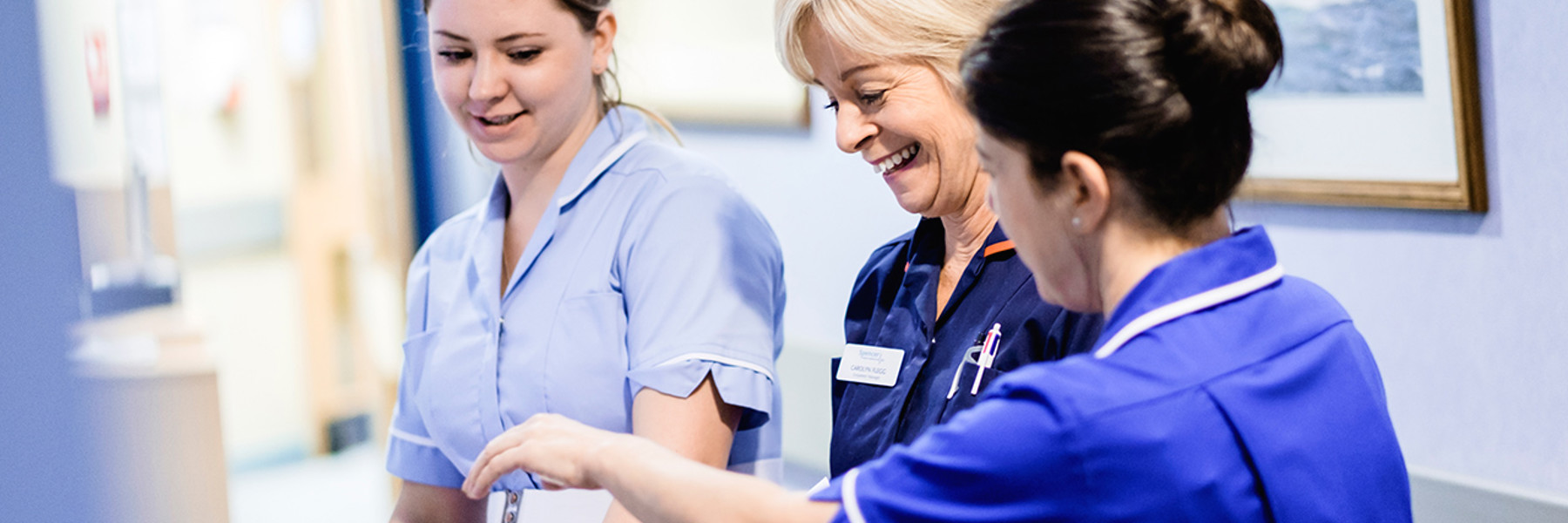Gallbladder Removal
The medical term for gallbladder removal is ‘Cholecystectomy’. A Laparoscopic Cholecystectomy is a procedure in which the gallbladder is removed by laparoscopic (keyhole) techniques.
Why does a gallbladder need to be removed?
The gallbladder is a small, pear-shaped pouch in the upper right part of your abdomen. The gallbladder stores bile, which is the digestive fluid produced by the liver that helps to break down fatty foods.
The bile is made from a mix of cholesterol, bile salts, and waste products. These substances can get out of balance and cause small, hard stones called gallstones to appear. In many people, gallstones cause no symptoms, remain undetected, and pass naturally through bowel movements (unlike kidney stones, which pass through urination).
They do, however, in a small number of cases become problematic by getting trapped in a duct (an opening or channel), irritating and inflaming the gallbladder, or by moving out of the gallbladder and into other parts of the body.
The symptoms gallstones can cause are:
- Sudden intense pain in your abdomen
- Feeling and being sick
- Jaundice (yellowing of the skin and the whites of the eyes)
When these symptoms become problematic, patients and doctors frequently opt for surgery. Sometimes, surgery is absolutely necessary.
Laparoscopic (keyhole) surgery
This surgery is conducted under general anaesthetic.
For this procedure, three or four small cuts will be made in your abdomen. These cuts are strategically placed in order to remove the gallbladder without open surgery. One of these cuts is made by the belly button (navel) and the others will be on the right side of your abdomen.
Your abdomen is inflated using carbon dioxide gas. This is completely harmless to you and makes it easier for the surgeon to see your internal organs.
A laparoscope (a long, thin telescope with a tiny light and video camera at the end) is then inserted through one of the cuts in your abdomen. This allows the surgeon to view the operation using a video monitor.
The surgeon will then remove your gallbladder using special surgical instruments.
A bile duct x-ray (operative cholangiogram) will be taken during the operation if there is any level of risk of gallstones in the bile duct.
If gallstones are found during the procedure, they can sometimes be removed during the keyhole surgery. Bile duct stones can also be removed after your operation with a special endoscopy called ‘endoscopic retrograde cholangiopancreatography’ (ERCP).
After the gallbladder has been removed, the gas that your abdomen was filled with will escape through the laparoscope. The cuts that have been made in your skin are closed with dissolvable stitches and covered with dressings.
The operation takes 60 to 90 minutes and is usually carried out as a day case, so you can normally go home that day.
Possible complications of cholecystectomy
The removal of the gallbladder is a relatively quick and safe procedure. Like any surgery, however, there is a potential risk of complications.
These risks include:
- Infection. This can occur after any type of abdominal operation and occurs in around 1 in 15 cholecystectomies. This infection can be from simple wound infections or from infections inside your abdomen and can be easily treated with a short course of antibiotics
- An allergic reaction to the general anaesthetic
- Bleeding (haemorrhage) can occur (this is rare) and may require further operating
- Bile leakage – following the gallbladder removal, special clips are used to seal the tube that connects the gallbladder to the main bile duct that drains the liver: bile can sometimes leak out from these. These fluids can be drained. In the rarer cases, an operation may be needed to drain the bile out and wash the abdominal cavity. Bile leakage occurs in only 1-2% (1 in 100 to 1 in 200) of cases.
- Injury to the bile duct occurs in 1 in 500 cases. If this is done during surgery, it may be possible to repair it immediately. In some cases, further complex and major corrective surgery is needed after your original operation.
- Injury to the intestine, bowel, and blood vessels can occur, as the keyhole instruments used can injure the surrounding internal organs. This is usually repaired at the time of the operation. If these injuries are noticed afterwards, another operation will be needed.
- Venous thromboembolism (VTE) – some patients are at a high risk of developing blood clots during surgery. VTE includes deep vein thrombosis (DVT) and pulmonary embolism (PE). DVT occurs when a blood clot forms in a deep vein, usually in the lower leg, thigh, or pelvis. Before the procedure, you may be given compression stockings to wear during the operation as a preventative measure.
- Post-cholecystectomy syndrome – One in seven people will experience symptoms similar to those caused by gallstones (although they will be considerably milder).
These are: abdominal pain, indigestion, diarrhoea, yellowing of the eyes and skin (jaundice), and a high temperature (fever).
In most cases, symptoms are mild and short-lived. Some cases can, however, persist for months. If they are persistent, you will need to see your GP for advice. One of the treatment options is to carry out an endoscopic retrograde cholangiopancreatography (ERCP) to check for remaining gallstones. There are also medicines such as antacids, proton pump inhibitors, and loperamide to relieve the symptoms such as abdominal pain, indigestion, and diarrhoea.



